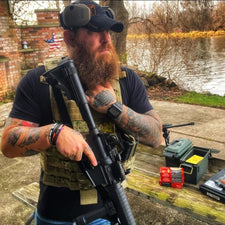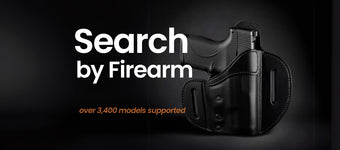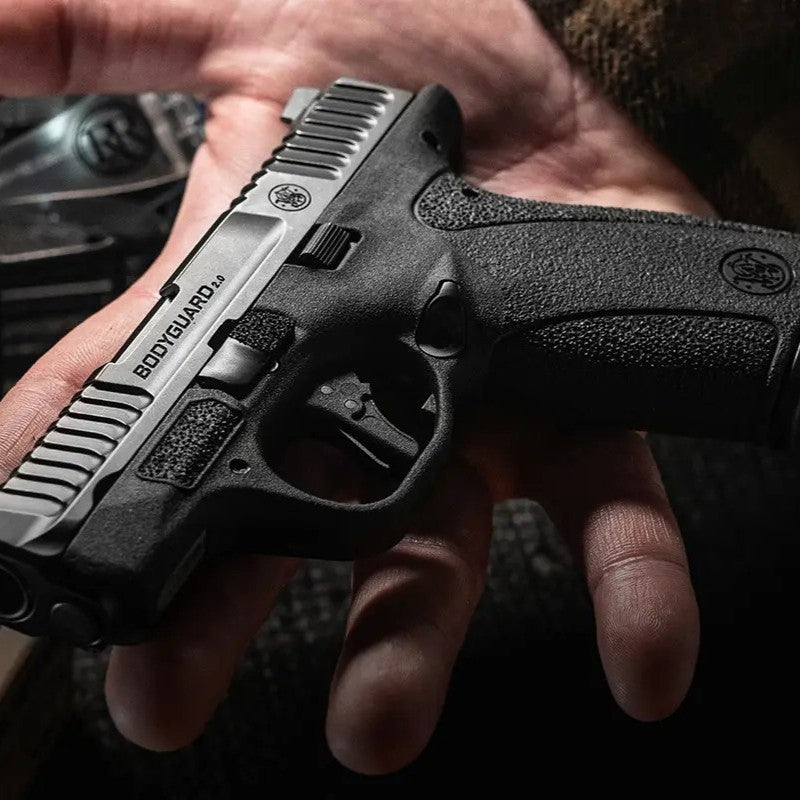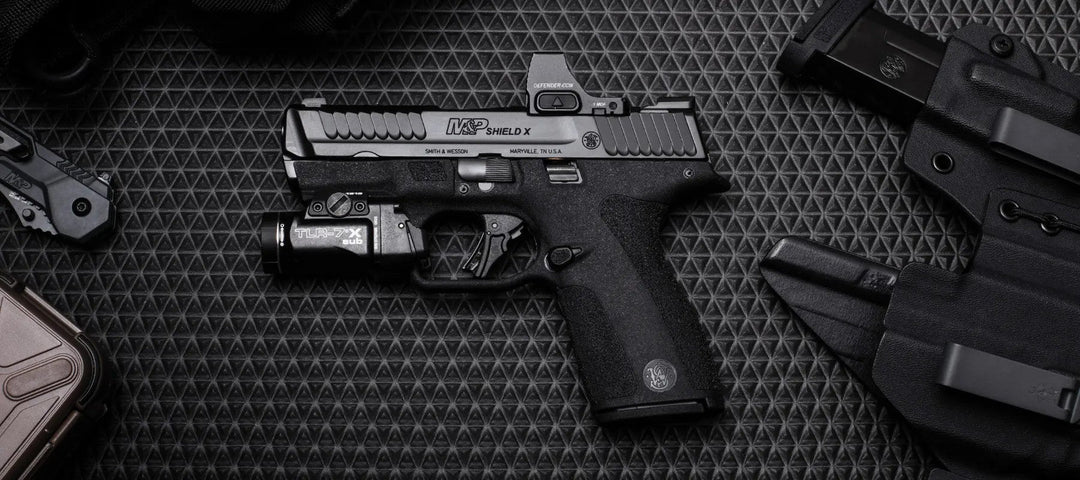Why Standard Maintenance is Essential To Safety: What the Sig P320 Airport Incident Tells us.
Why the Sig P320 Airport Incident Highlights the Critical Need for Holster Safety and Gun Maintenance
The Sig Sauer P320 airport incident, in which the firearm reportedly discharged without the trigger being pulled, has ignited urgent conversations around gun safety, standard holsters, and routine firearm maintenance. Whether you're a concealed carrier, law enforcement officer, or armed professional, this event underscores why gear quality and upkeep aren't optional—they are essential safeguards. The Sig P320 is a modular, striker-fired handgun known for its role in the Modular Handgun System (MHS), but recent events prove that even top-tier firearms can be vulnerable when paired with poor practices or incompatible accessories.
What Happened During the Sig P320 Airport Discharge?
Reports from the airport discharge incident involved a holstered Sig P320 unintentionally firing while being carried, with no trigger pull involved. Surveillance footage and user testimony suggest that the firearm discharged while the owner was walking, allegedly without external manipulation. While the full technical findings remain debated, this case joins others where uncommanded discharges were linked to either improper holster fit, internal sear wear, or accumulated debris around the fire control unit.
The P320's striker-fired system relies on internal safeties rather than a manual safety. In this design, even a small disruption in mechanical engagement can result in a discharge. Therefore, the integrity of the holster and the cleanliness of the fire control group become front-line safety measures, not afterthoughts.
How Does Holster Design Influence Trigger Safety?
A standard gun holster must fully cover the trigger guard, maintain rigid structure, and ensure passive or active retention. In the Sig P320 incidents, including the airport case, questions have been raised about the use of non-standard holsters—particularly soft or partially collapsed designs that can interact with the trigger or fail to stabilize the firearm’s position under motion.
Kydex holsters from companies like Safariland, Tier 1 Concealed, or Tulster are molded precisely to the firearm’s frame, preventing movement and unwanted pressure on the trigger. These holsters are also less likely to deform over time. Conversely, off-brand nylon or hybrid models that don't properly align with the P320's unique FCU layout may increase risk, especially when combined with the gun’s lack of an external safety lever.
Why Is Routine Gun Maintenance Crucial for Modern Striker-Fired Pistols?
The Sig P320, like many modern pistols, uses a striker-fired fire control unit enclosed in a modular chassis. If carbon buildup, fouling, or mechanical wear compromises components like the sear or striker safety, unintentional discharges become possible. Routine gun maintenance—especially deep cleaning and part inspection—is critical to keep internal safeties functioning correctly.
Owners should routinely clean the slide channels, striker assembly, and disconnector surfaces, using trusted tools and solvents like Hoppe’s No. 9 or Break-Free CLP. Over-lubrication or neglect can both cause issues in striker-fired pistols where tolerances are tight. Maintaining your Sig P320 isn’t just about performance—it’s about preventing life-threatening malfunctions.
What Can the P320 Case Teach Gun Owners About Safe Carry?
The P320 incident is not just about a single model—it's a mirror reflecting how equipment choices and habits affect gun safety. Regardless of firearm brand, your holster must meet standards of rigidity, retention, and trigger protection. Your maintenance routine must ensure your firearm’s internal parts perform predictably. And your awareness must extend beyond purchase to the life of the weapon.
Modern handguns are complex systems, and even those with stellar reputations—like the Sig Sauer P320, adopted in the Modular Handgun System—require thoughtful pairing with holsters and regular upkeep. The airport discharge incident is a powerful reminder that safety isn't guaranteed by brand alone. It’s built through disciplined practices and quality equipment choices.

Richard Calvette
Firearms Expert, Urban Carry Holsters
I've been with Urban Carry Holsters since 2020, proudly serving as the Firearms Expert. Before that, I served 8 years in the United States Marine Corps, including a deployment to Iraq from 2009 to 2010. During my time in the Infantry as a Sergeant, I developed a deep interest in the wide range of firearms we used. It fascinated me to learn why specific weapons were chosen for different missions and roles.Breaking into the firearms industry wasn't easy, but persistence paid off. While attending a trade show, I discovered the Sonoran Desert Institute. That opportunity led me to earn an Associate of Science in Firearms Technology, along with certifications as a Pistol Expert and Range Safety Officer.My passion for firearms continues to grow every day. I'm always learning, always improving, and always striving to bring that knowledge and experience to the work we do here at Urban Carry.





